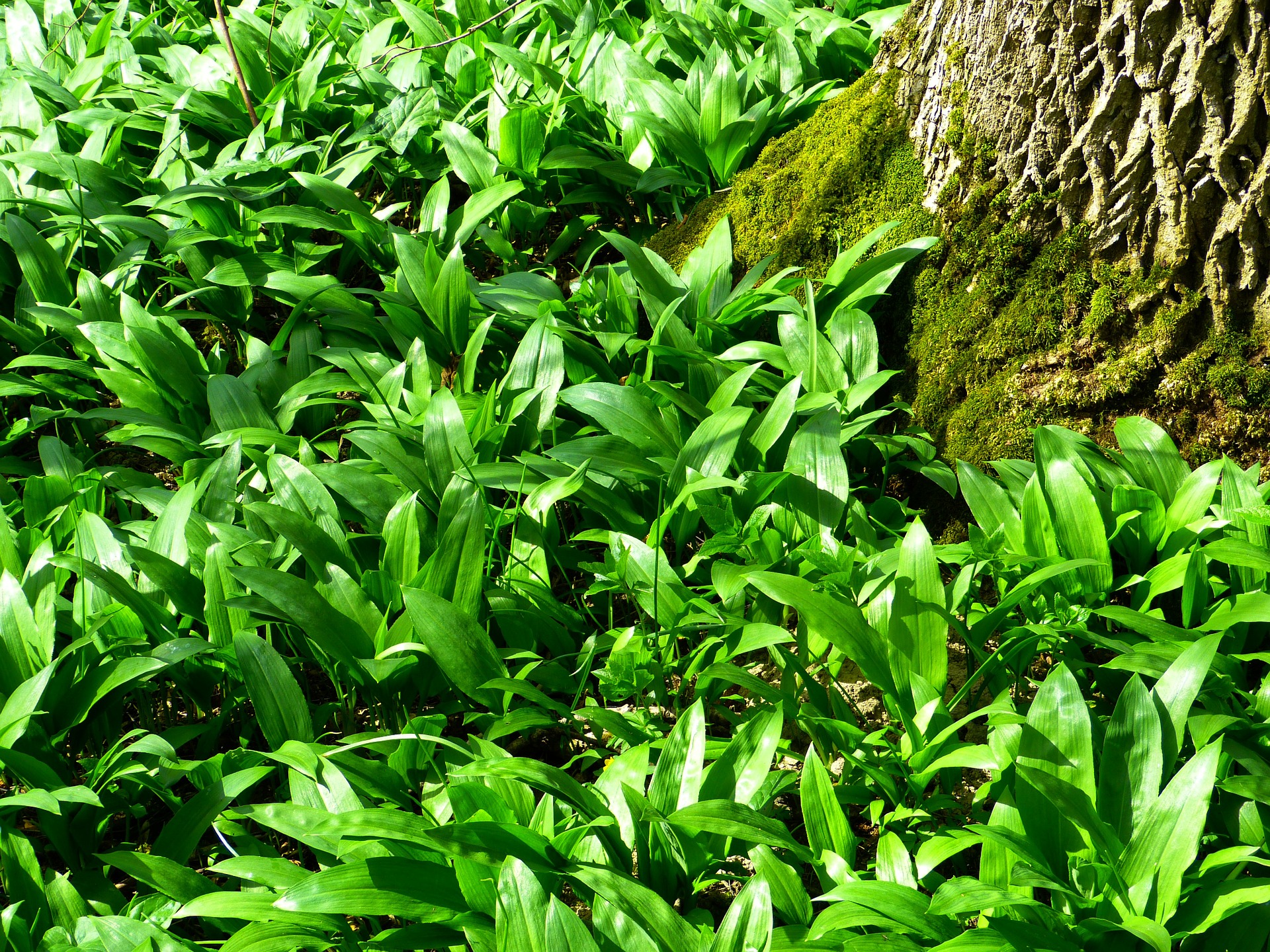A family in Carinthia harvested poisonous – an onion-like herbal plant and used this to prepare a wild herb soup. Luckily, the family had timely identitied the harvested herbs as the known poisonous daffodils.
Experts warn of dangerous doppelgängers that look confusingly similar to edible plants.
When the green begins to sprout again on meadows and in forests after a long winter, many are already looking forward to wild garlic pesto, nettle spinach and other dishes made from wild herbs. But as an incident in Carinthia has just shown, caution is called for when collecting the plants.
Experts warn against confusion.
A classic is the popular wild garlic (Bärlauch), whose leaves look very similar to the lily of the valley (Maiglöckchen) and the meadow saffron (Herbstzeitlose) . “However, you can easily recognize the wild garlic by its typical leek smell, the other two are odorless,” explains Gunther Vogl from the Institute for Food Safety of the Province of Carinthia.
“In spring there is also often confusion with mushrooms, specifically morels with the poisonous laurels,” gives the food expert Harald Truschner to consider. “Also edible umbellifers such as meadow chervil are confused with poisonous hemlocks.” He advises that in case of doubt, it’s better to keep your hands off.
Even in summer, the two experts are repeatedly confronted with poisoning by plants. The victims are then mostly children who are seduced by appetizing-looking berries. “They usually reach for fruits of the yew, belladonna and daphne.” Last but not least, care should be taken not to confuse black elderberry with the slightly poisonous dwarf elderberry.
— source: krone.at/picture: pixabay.com
This post has already been read 1948 times!



